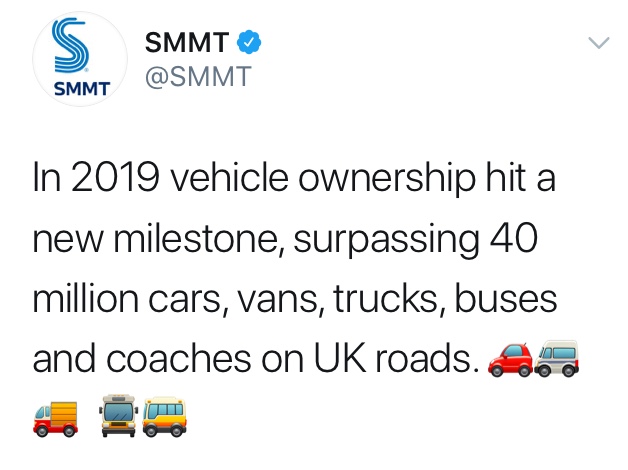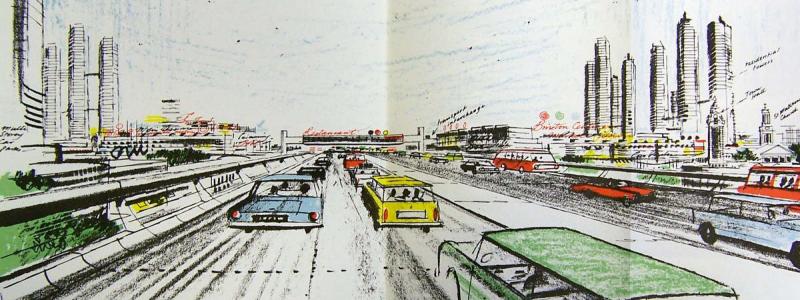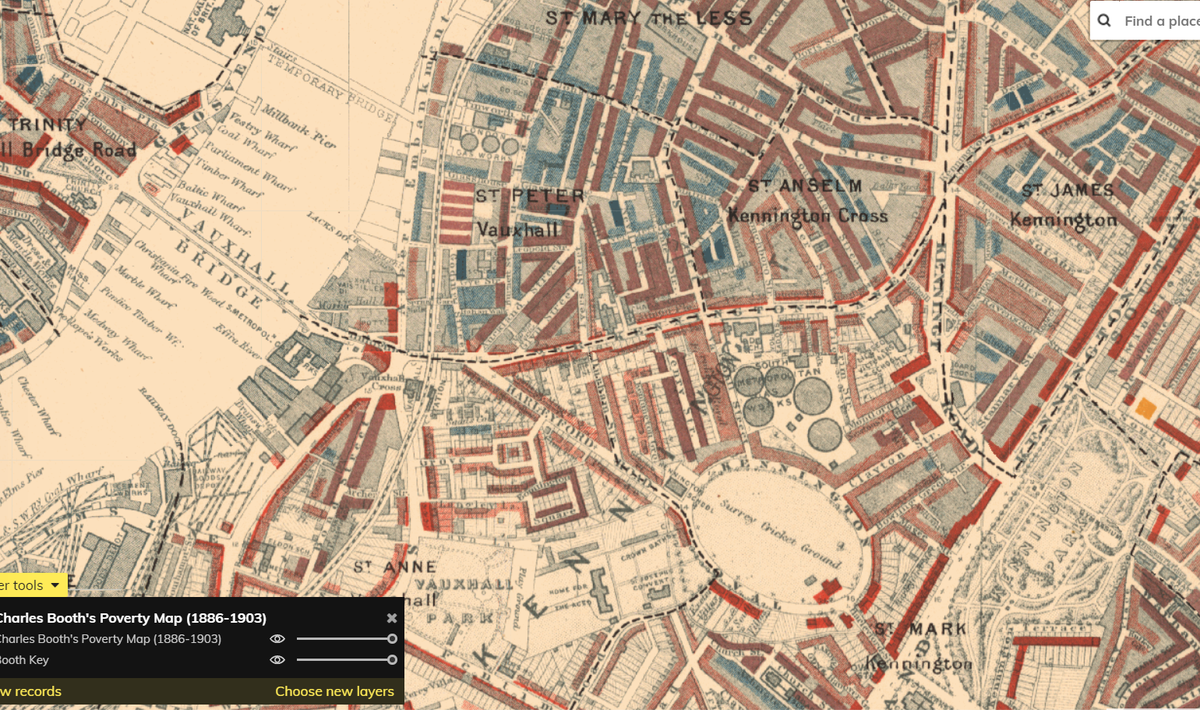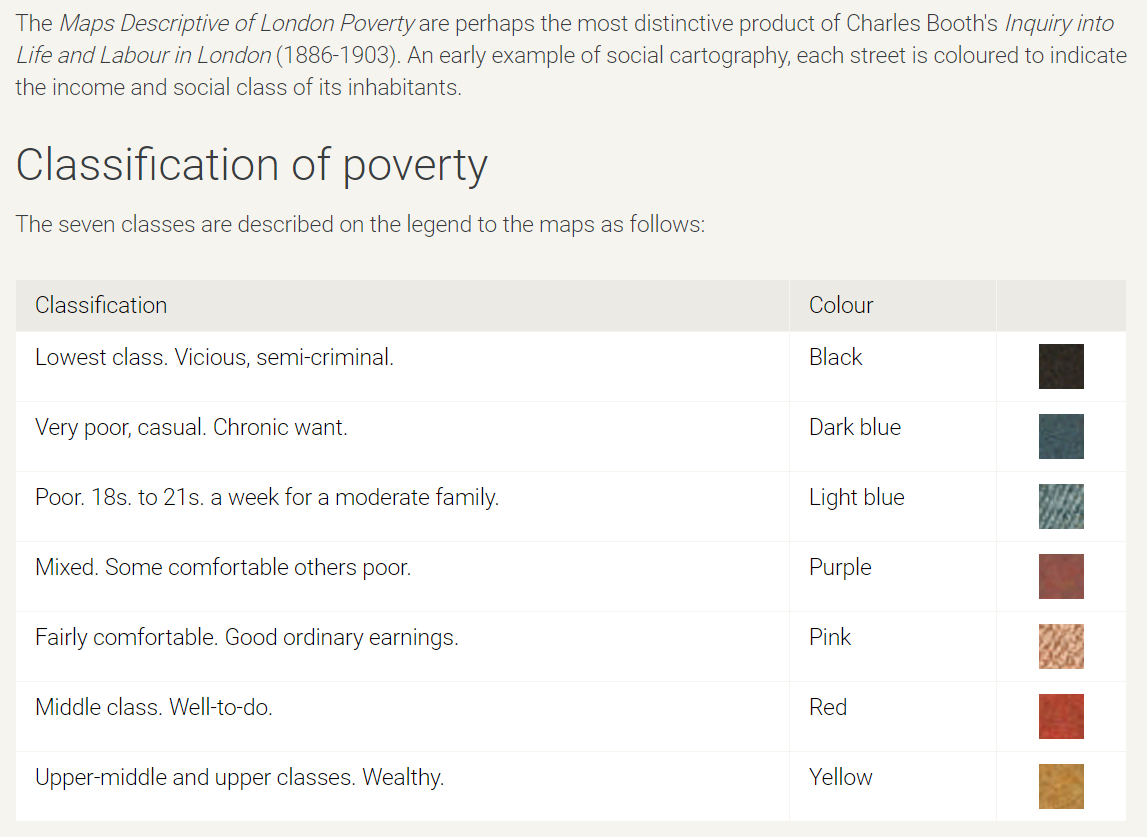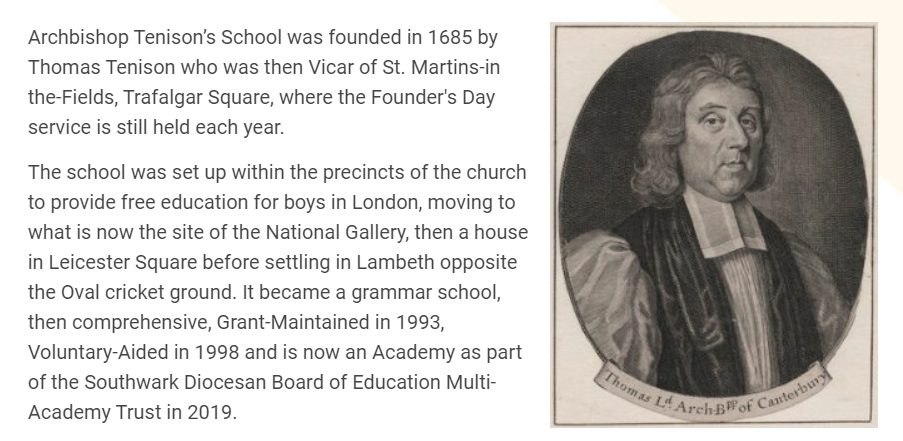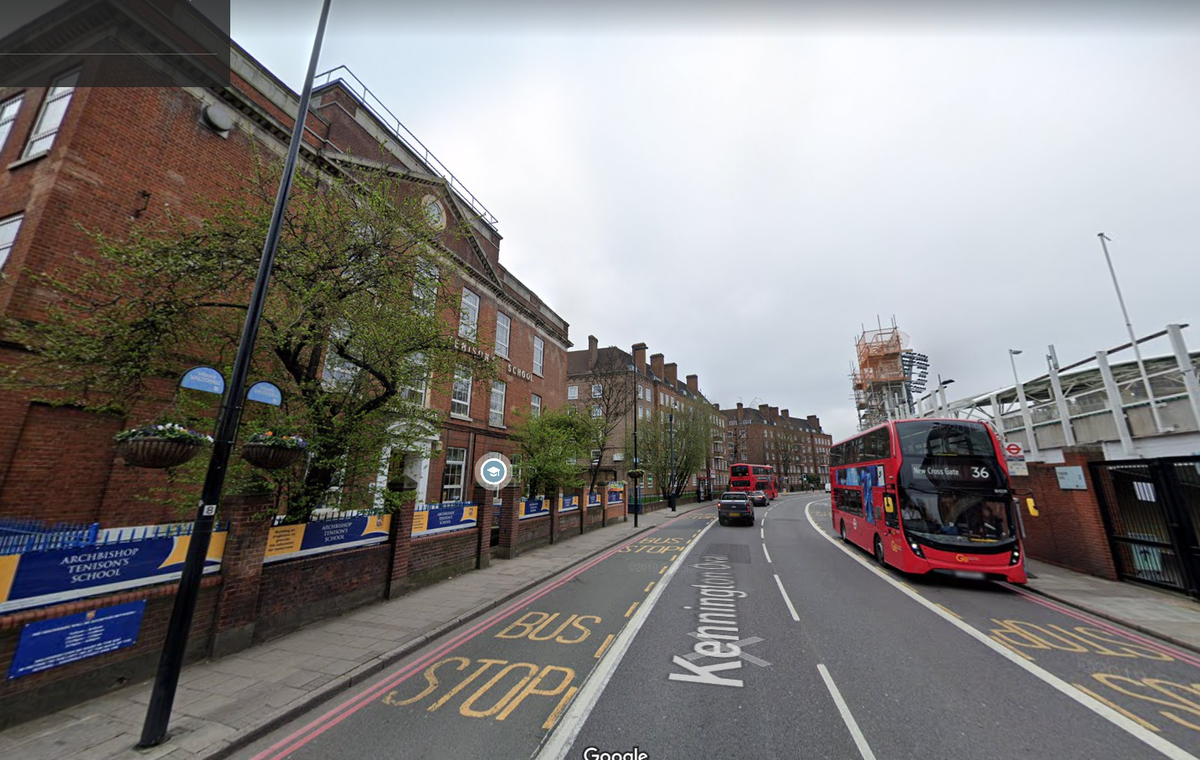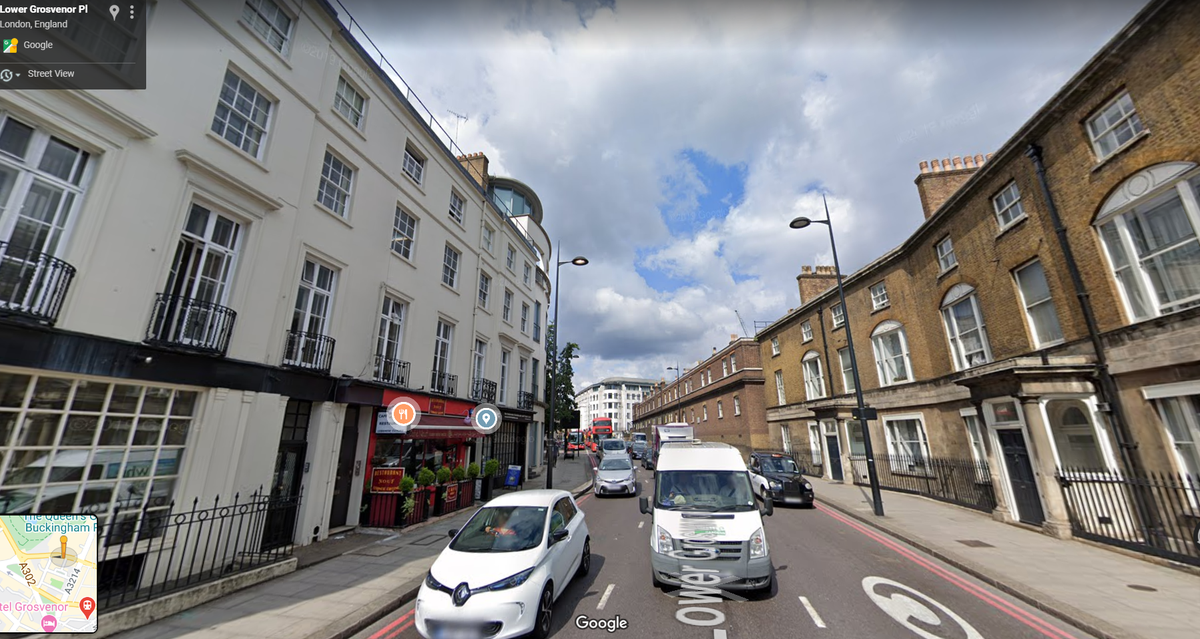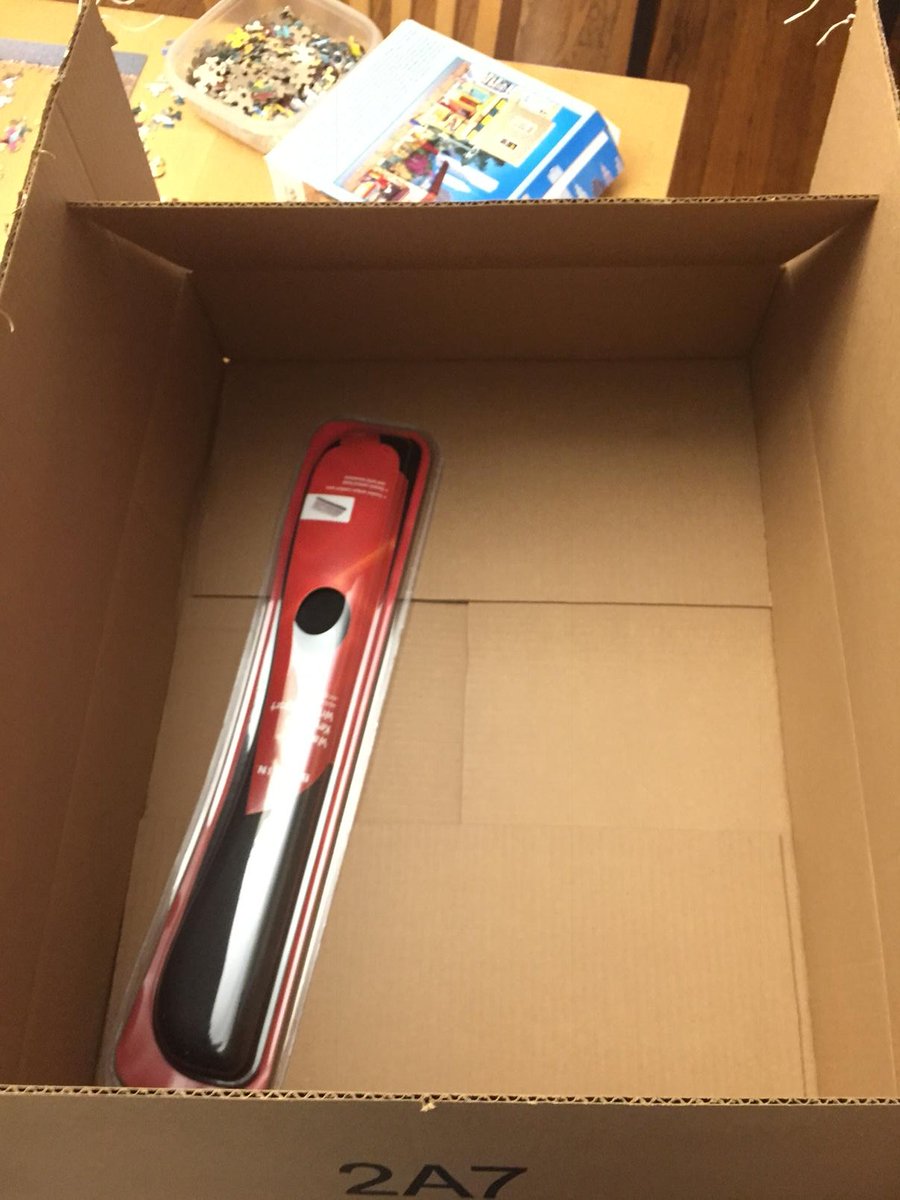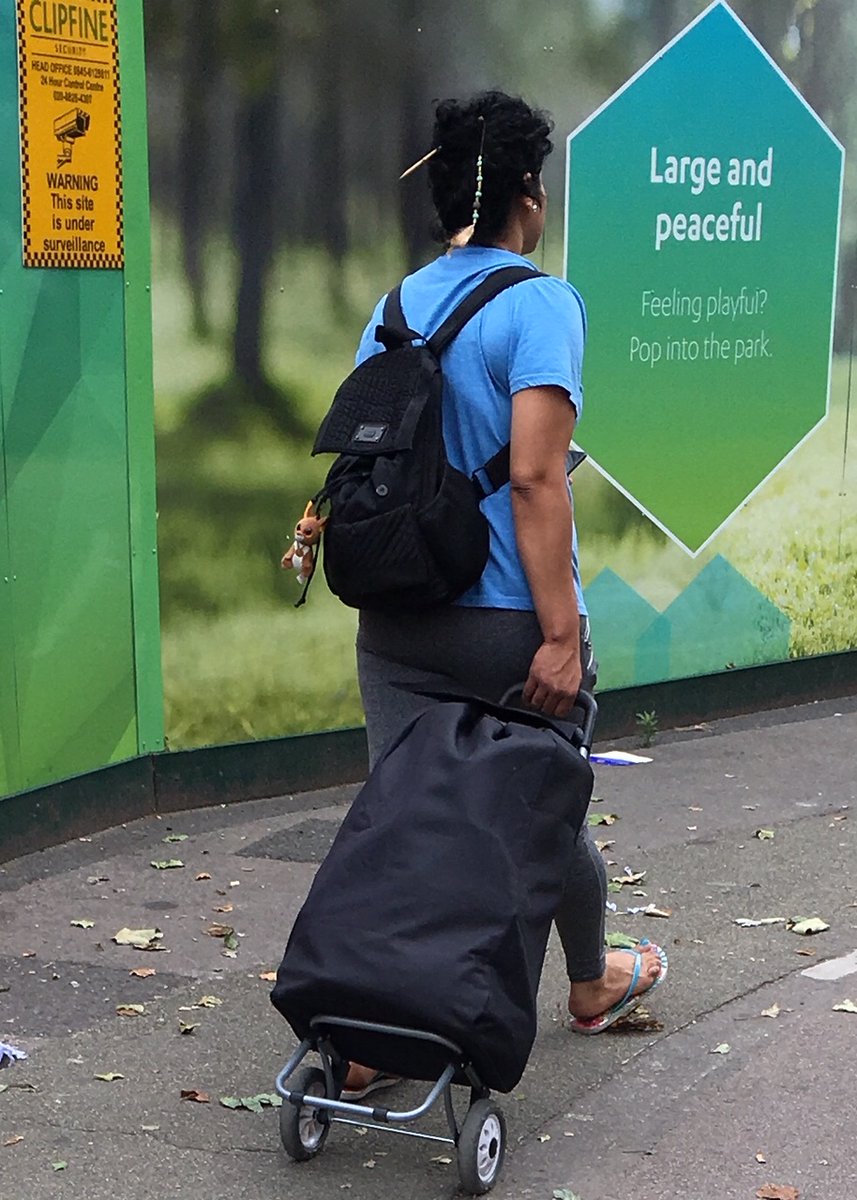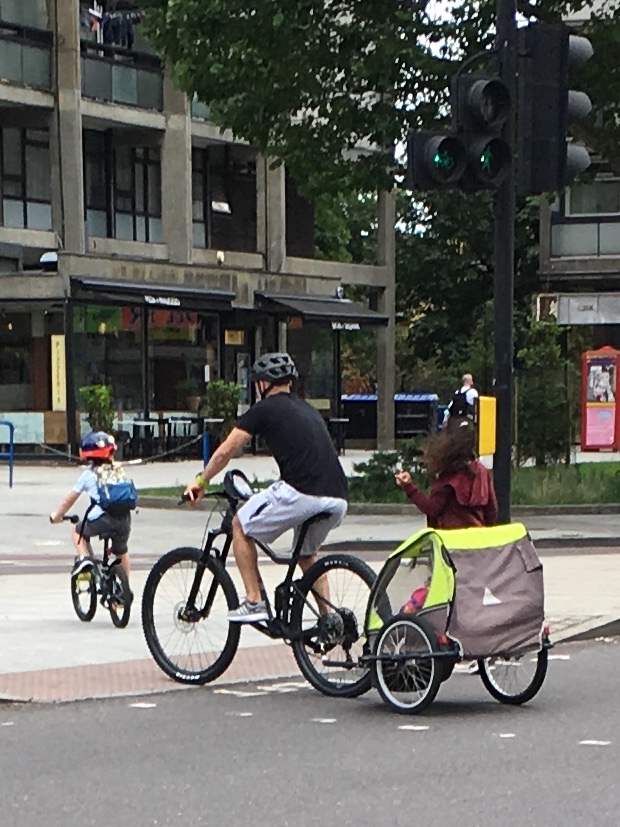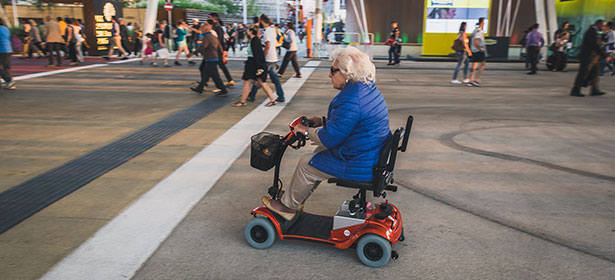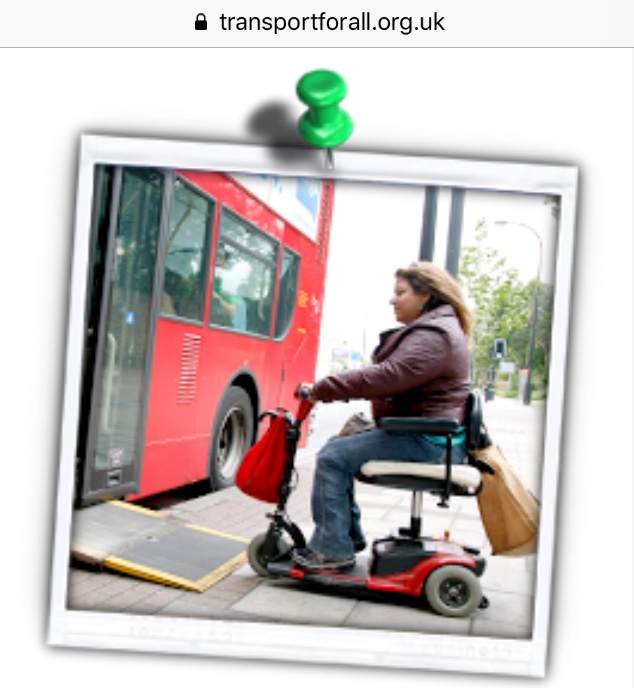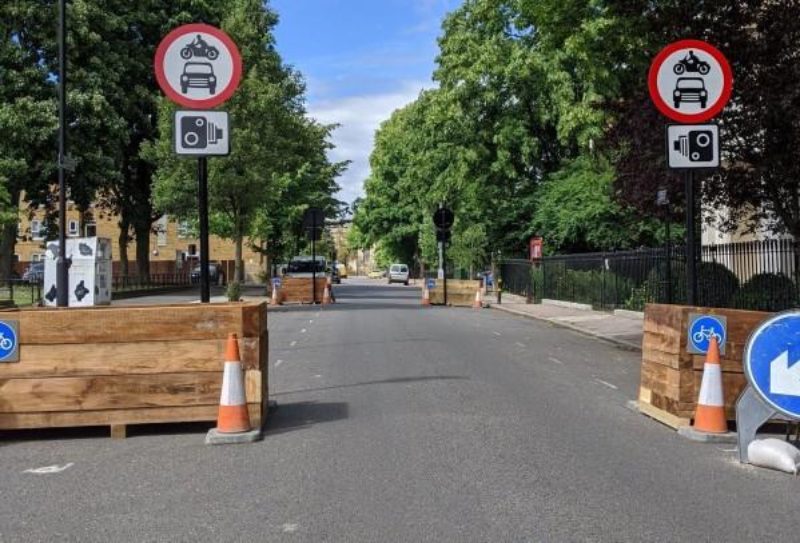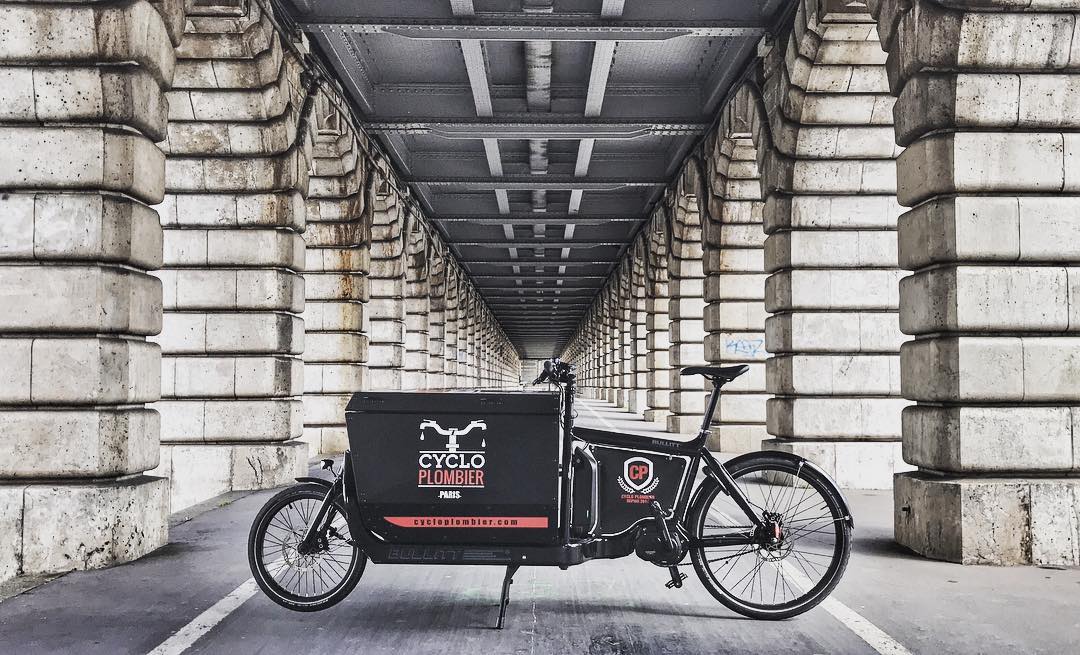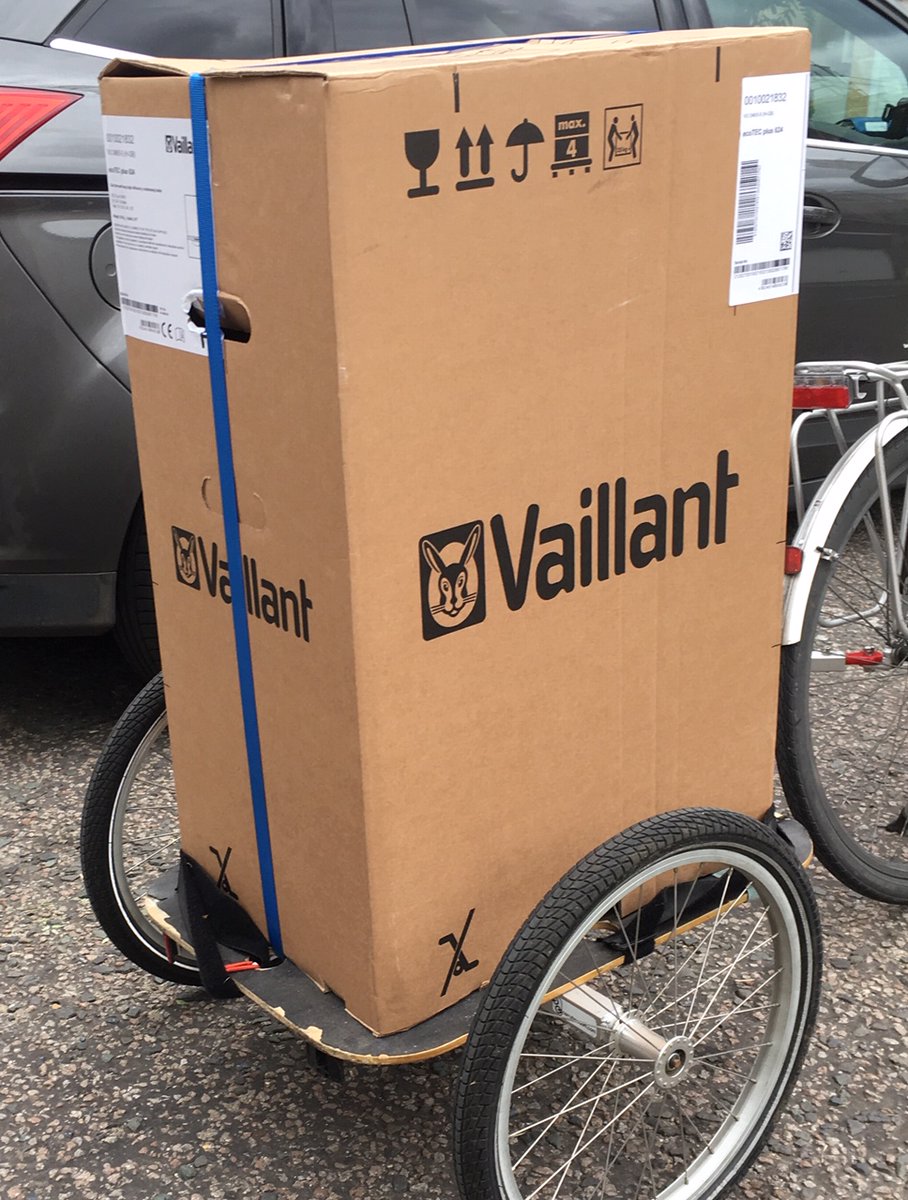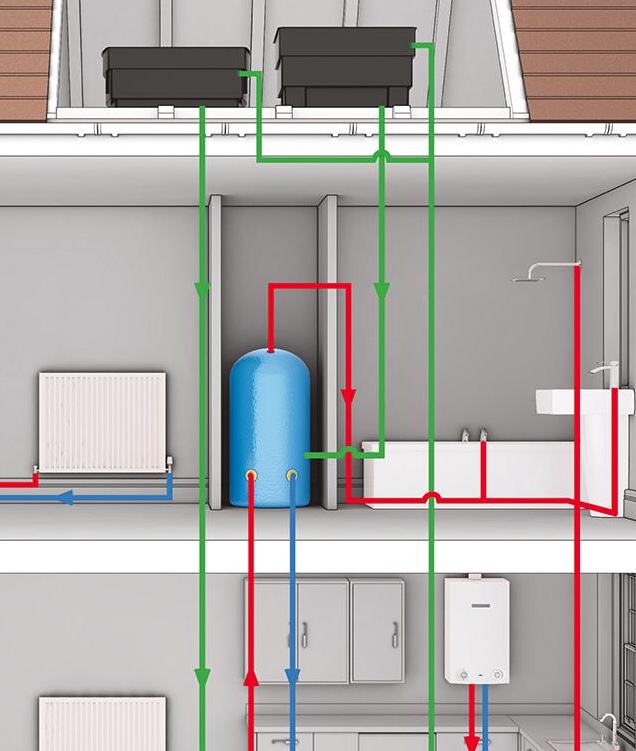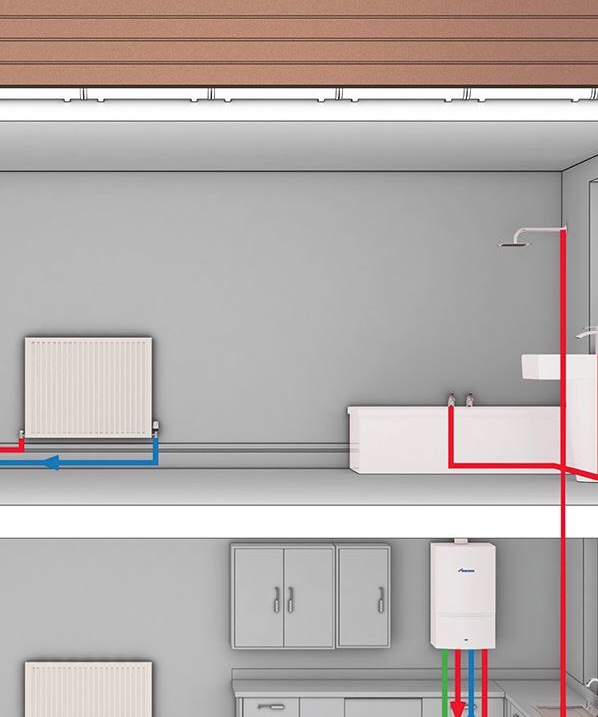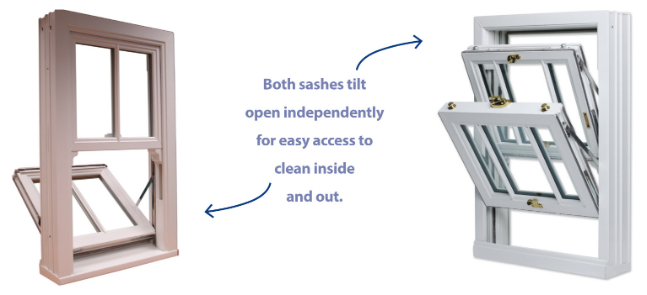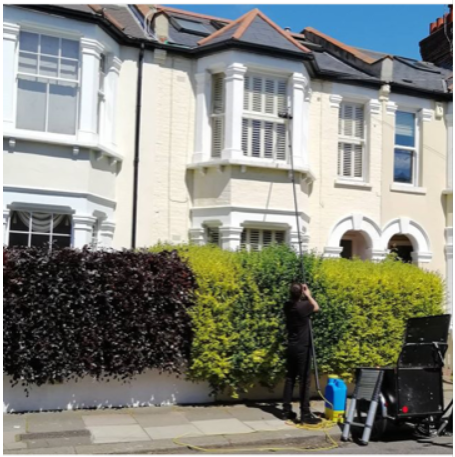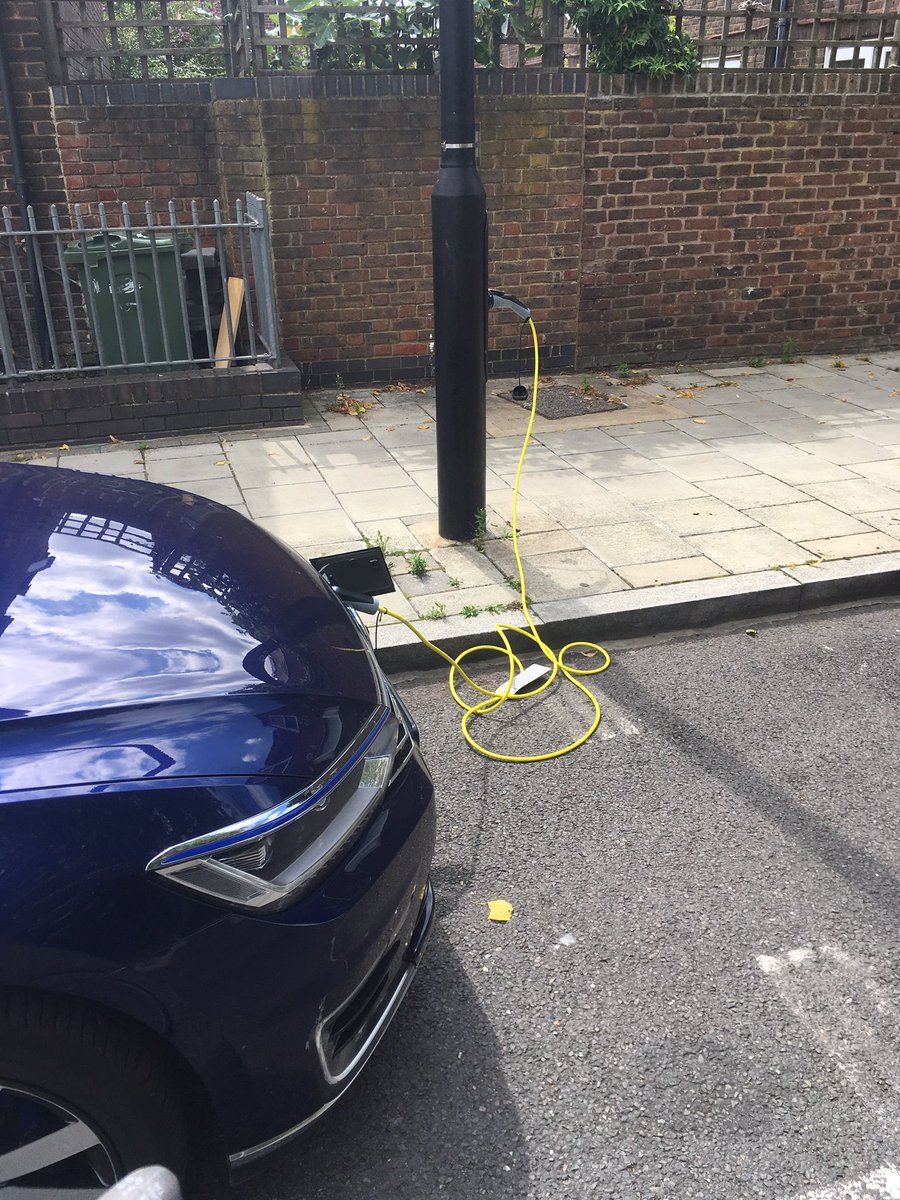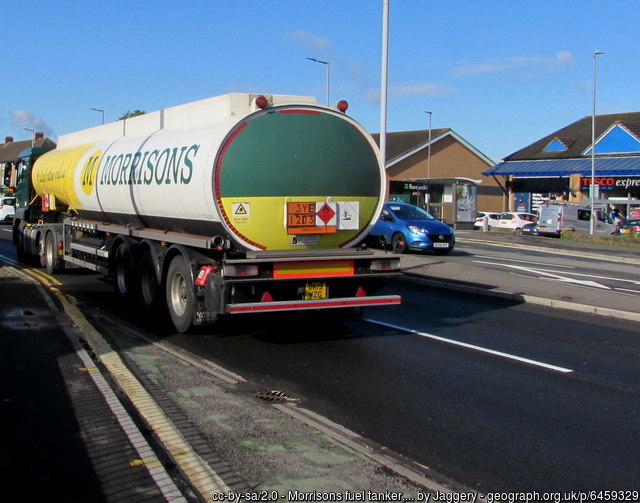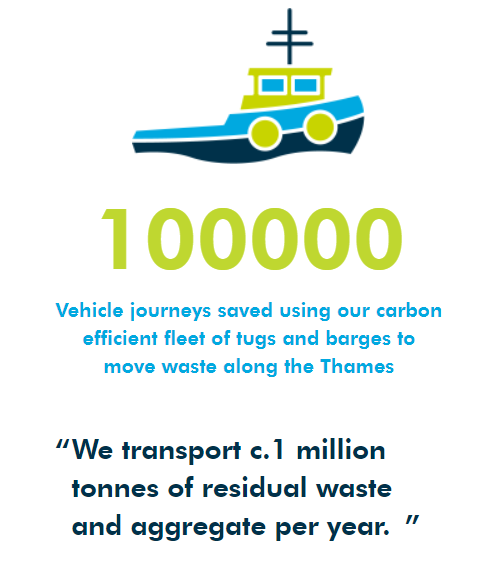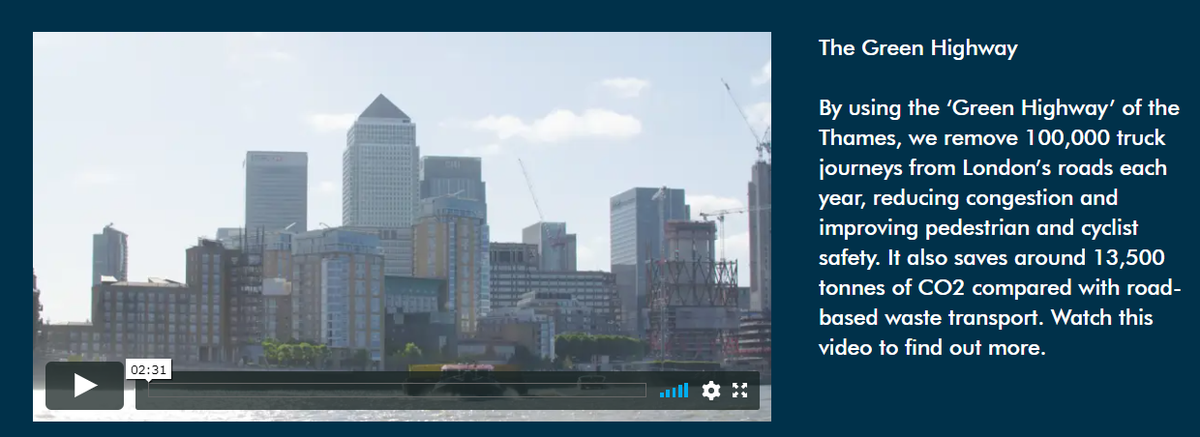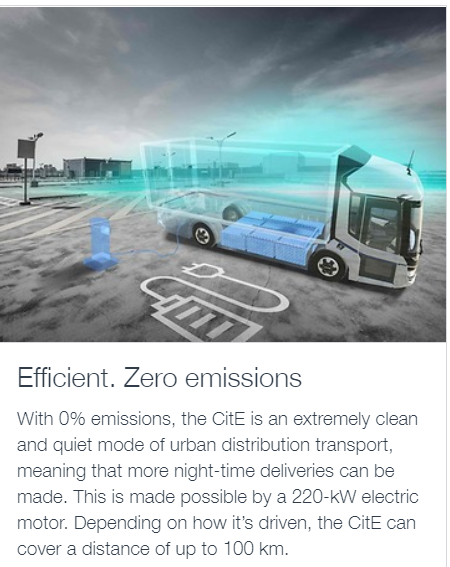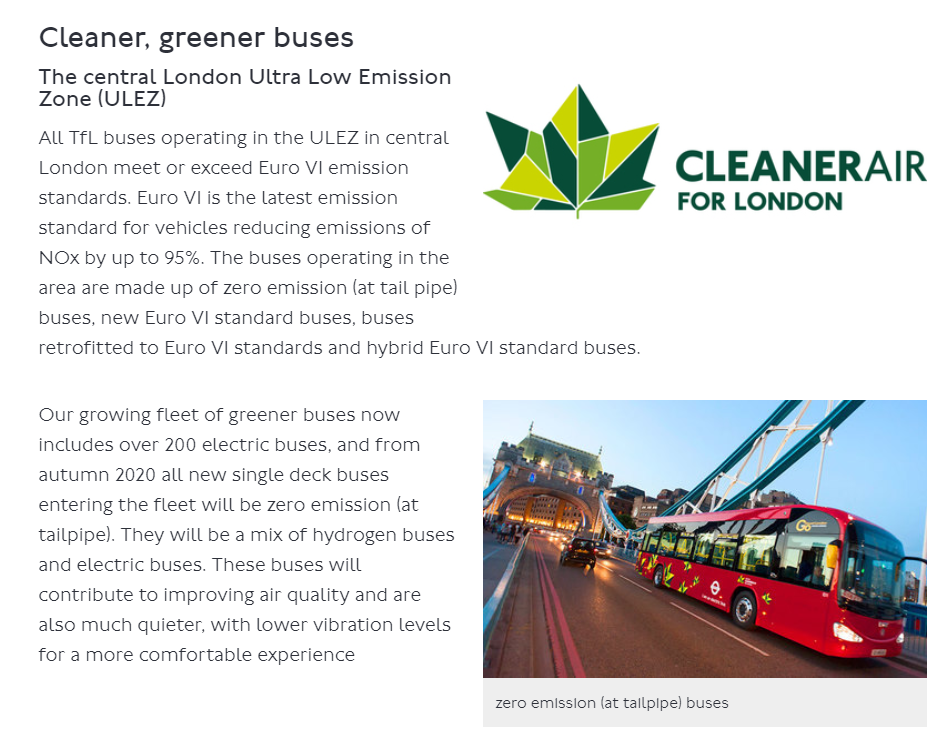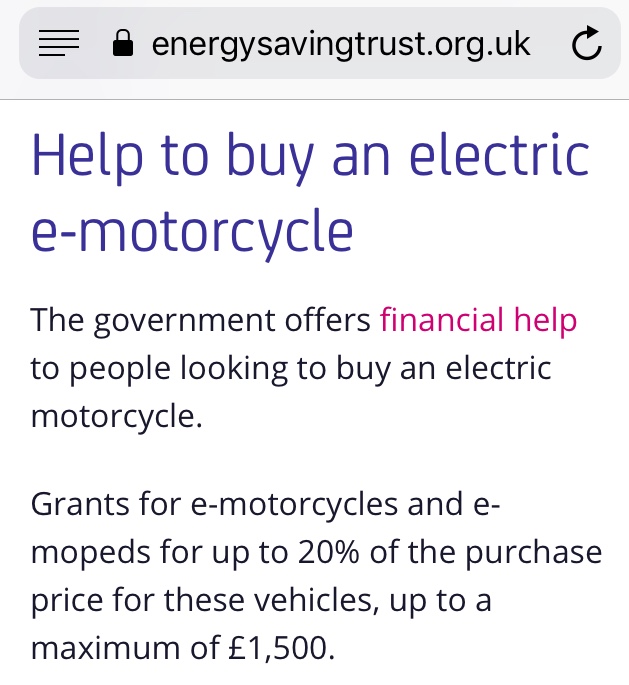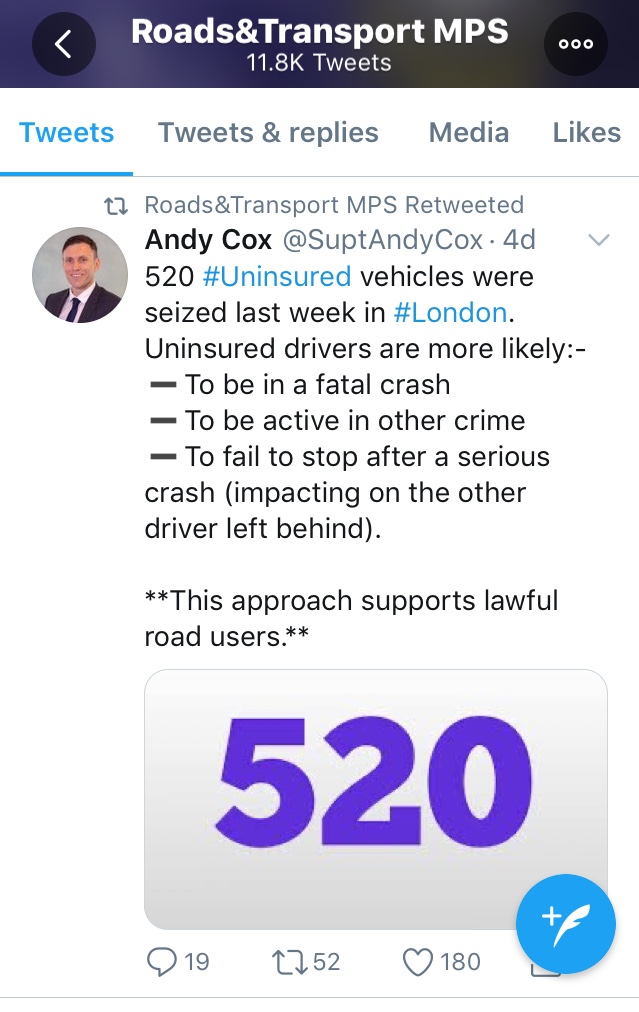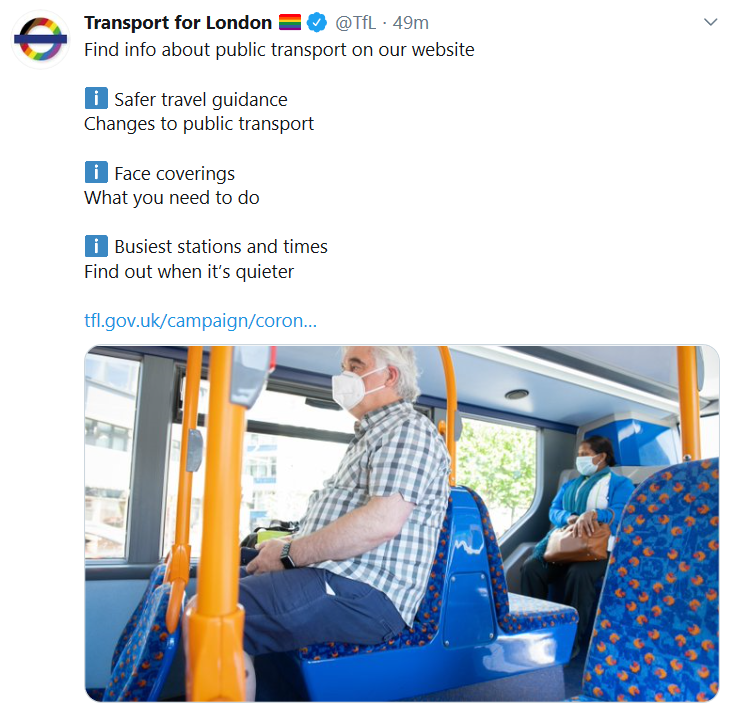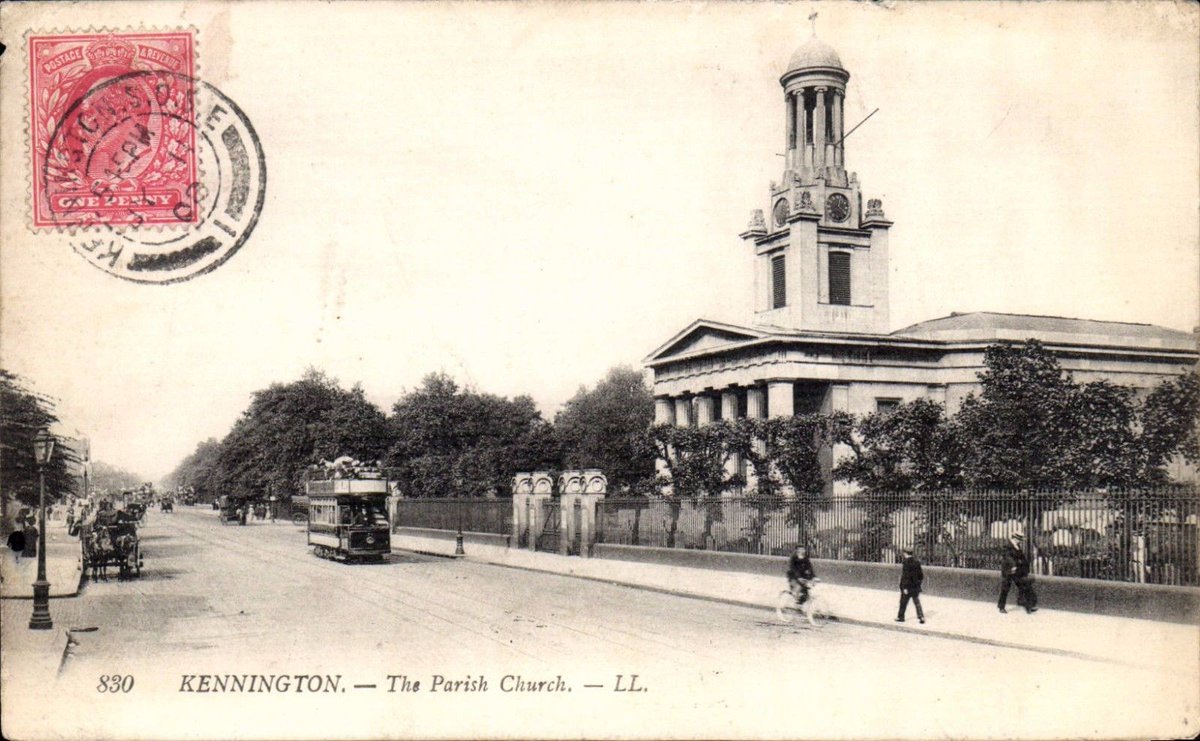People living on main roads need to be in #LowTrafficNeighbourhoods too, given a record 40m vehicles for 28m UK homes. Do we dust-down plans for an elevated urban motorway through Brixton and reintroduce car parking on Jubilee Gardens? Or what? A thread https://www.roads.org.uk/ringways/ringway1/south-cross-route
Today we view main roads as blighted places - where people need rather than choose to live – but, even with a big population, that wasn’t always the case. See the red (middle class, well-to-do) dwellings on big roads around the Oval on Charles Booth’s Poverty Map of 1886-1903.
In 1928 Archbishop Tenison’s School moved, from the site of the National Gallery, to this red bit by the Oval. To make this main road appealing again (and ones in Westminster and elsewhere), we must tackle noise, pollution, danger, and congestion.
We seldom send small items in outsize boxes, but habitually use a largely empty car for short trips: 2/3 of all journeys in England are under 5 miles! Most 1 to 5-mile trips are driven (shopping, see friends, commute, eat out, school run, deliver a box). https://www.gov.uk/government/statistics/national-travel-survey-2018
These local trips make use of, or cross, main roads so residents on main roads benefit from switching many of these to cleaner, quieter, more compact, and less damaging methods of travel : walking, cycling, using mobility scooters, and wheelchair-accessible buses.
Reducing local car trips can in part be achieved through well-maintained pavements, dropped kerbs, improved pedestrian crossings, and creating child-suitable cycle routes, and partly by changing the routes that make driving habitual.
Local tradespeople, alongside local residents, can adapt to use less polluting, quieter and less dangerous vehicles that are allowed through. A modern 38kg Combi boiler plus is easy to pick up from a plumbers merchant on a 90kg payload cycle trailer.
Many things, like central heating systems, tend to be smaller and lighter than they used to be, making moving things easier. Savvy plumbers who use bikes already work in London https://www.boilers-on-a-bike.co.uk/
Many new windows are easy to reach from inside, while extendable brushes, collapsible ladders and water containers fit on cargo bikes https://bikebubl.com/
Lorry trips can be reduced as technology evolves. Electric cars and bikes lessen the need for petrol tankers to move fuel around. Light bulbs need changing every five years, not once a year.
And more use can be, and is being, made of the river to carry construction spoil, aggregate materials, and rubbish https://www.coryenergy.com/carbon-efficiency/green-highway/#
In addition, more use can be, and is being made, of the railway network - with an average waste train removing 60 HGV journeys from the roads https://www.railfreight.com/railfreight/2020/02/26/rubbish-by-rail-wastes-no-time-restarting/
There will still be lorries but becoming cleaner and quieter, as are buses. “TfL’s growing fleet of greener buses now includes over 200 electric buses, and from autumn 2020 all new single deck buses entering the fleet will be zero emission” https://tfl.gov.uk/modes/buses/improving-buses
Enforced 20mph limits benefit pedestrian safety and, with calmer acceleration, could halve the noise heard on main roads. Electric cars cut noise significantly at speeds of lower than about 25mph. Above it tyre noise, rather than engine noise, dominates.
http://www.20splenty.org/noise_and_speed#:~:text=Reducing%20speed%20limits%20is%20the,are%20foundational%20for%20traffic%20reduction.
http://www.20splenty.org/noise_and_speed#:~:text=Reducing%20speed%20limits%20is%20the,are%20foundational%20for%20traffic%20reduction.
The Ultra Low Emission Zone (scheduled to be extended to the North and South Circular next year) cuts out many polluting vehicles, and enforcement action can be taken against those with noisy exhausts. Grants are available for e-motorbikes and e-mopeds. https://www.gov.uk/government/publications/plug-in-motorcycle-grant-eligibility/plug-in-motorcycle-grant-eligibility
The Met ( @MPSRTPC with @SuptAndyCox) appear to be doing more to help main road residents by tackling anti-social driving, people speeding and driving without insurance etc.
The Congestion Charge increase deters people from needlessly driving into central London but main road residents may prefer structured road pricing to replace fixed vehicle taxes. There's a PDF with some info here https://nyc.streetsblog.org/wp-content/uploads/2018/01/TSTC_A_Way_Forward_CPreport_1.4.18_medium.pdf
With Covid-19 people will avoid crowded public transport. Alongside home-working, the more short trips that are made by foot or bike the more space is freed up on public transport for those needing it. Needlessly using a car is unfair on main road residents.
In summary, it's only a successful #LowTrafficNeighbourhood if noise, pollution, congestion and danger is cut on the main roads to make them desirable places to live and spend time.
Aargh, I missed out 24/7 bus lanes, which I've long favoured, and which @TfL propose to rapidly introduce. https://tfl.gov.uk/info-for/media/press-releases/2020/july/-24-7-bus-lanes-proposed-for-london-s-busiest-roads-to-support-a-sustainable-recovery-from-the-pandemic

 Read on Twitter
Read on Twitter